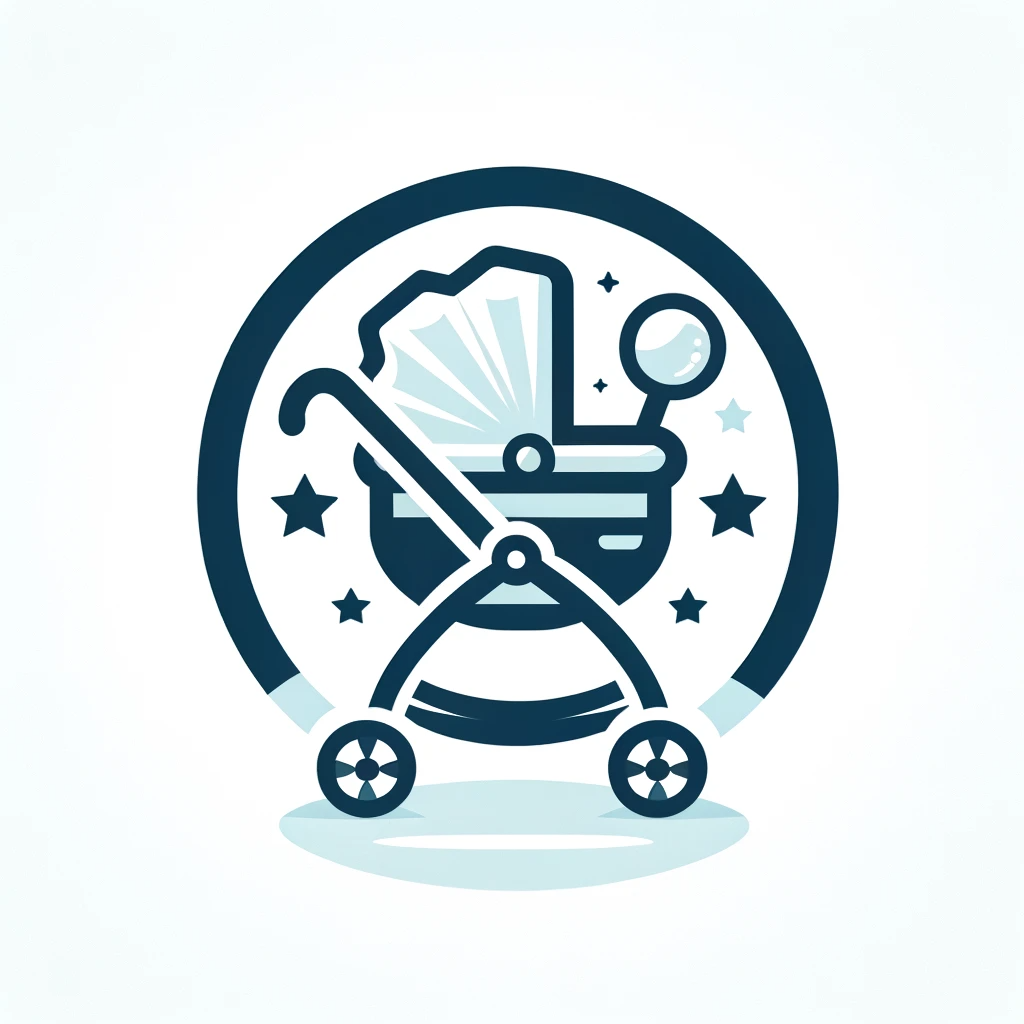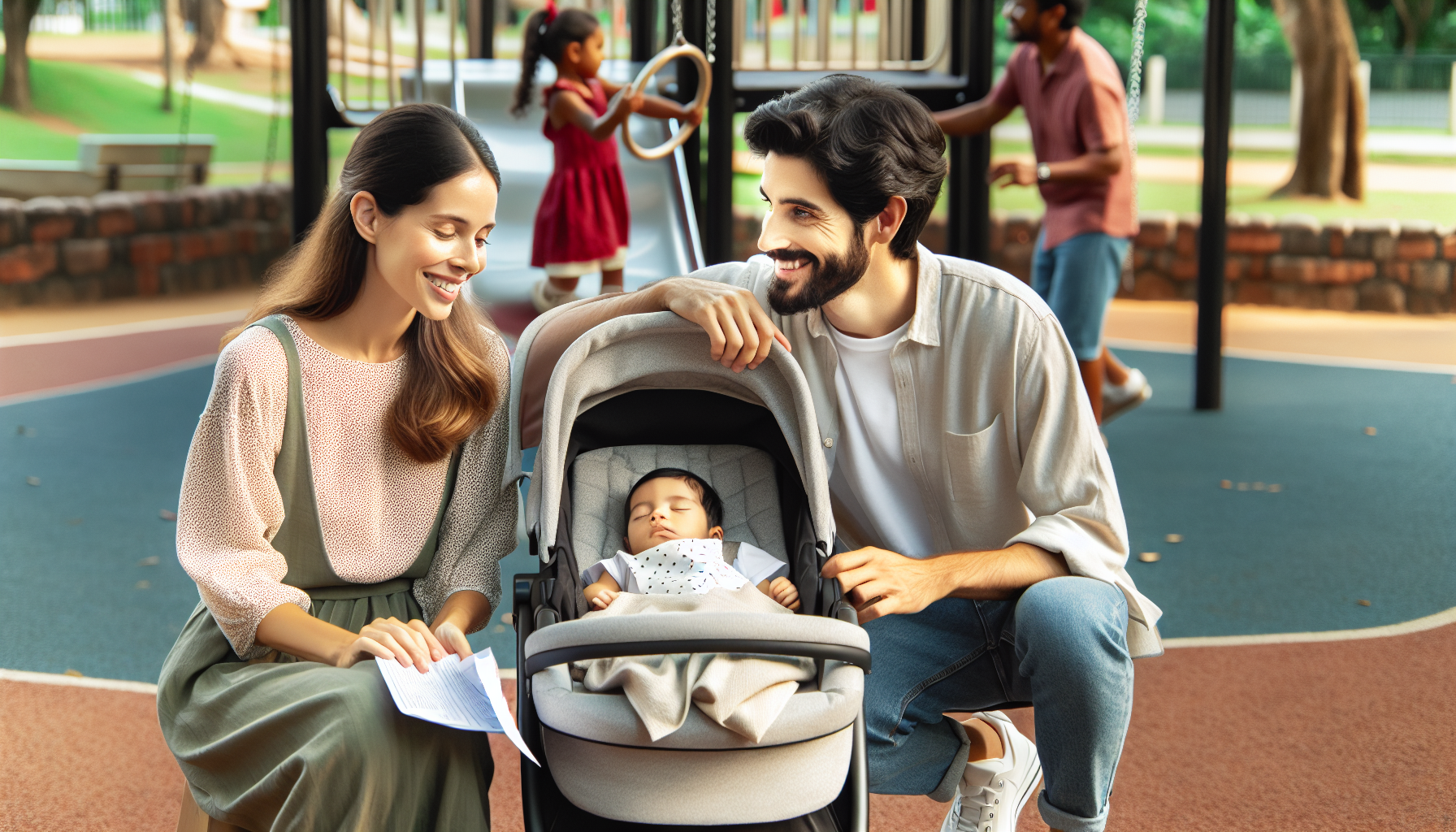Imagine you’re planning a day out with your little one, and you want to make sure they have a comfortable and enjoyable experience. One question that may come to mind is, “How many hours can a baby be in a stroller?” It’s an important consideration because you want to ensure your baby’s safety and well-being. In this article, we’ll explore the factors to consider when determining how long your baby can stay in a stroller, helping you make informed decisions for your little adventurer.
How Many Hours Can A Baby Be In A Stroller?
As a parent, you may find yourself wondering how long your baby can comfortably stay in a stroller. While there is no hard and fast rule regarding the exact number of hours, there are several factors to consider when determining the amount of time your little one can spend in a stroller. By taking into account your child’s age and development, physical comfort and safety, and following recommended guidelines, you can ensure that your baby’s stroller time is both enjoyable and beneficial for their growth and development.

Factors to Consider
When it comes to determining the appropriate amount of time for your baby to spend in a stroller, there are several factors that need to be taken into consideration. These factors include your baby’s age and development, their physical comfort and safety, and the recommended limits set by experts in child care.
Age and Development
Babies go through rapid growth and development during their first few years, and this plays a crucial role in determining how long they can comfortably be in a stroller. Newborns, for example, have delicate and developing bodies, and thus require a lot of rest and cuddle time with their caregivers. For this reason, it is generally recommended that newborns spend minimal time in a stroller, and instead, focus on close physical contact and bonding with their parents.
As your baby grows older and becomes more curious about the world around them, they will be better able to handle longer periods of time in a stroller. However, it is still important to be mindful of their physical comfort and safety, as well as their developmental needs. Babies between the ages of six months to one year, for instance, may begin to enjoy longer stroller rides, but frequent breaks and interaction with their caregivers are still essential.
Physical Comfort and Safety
Ensuring your baby’s physical comfort and safety is paramount when deciding how long they can stay in a stroller. It is essential to choose a stroller that is appropriate for your baby’s age and size, with proper support for their head and body. A comfortable and well-padded seat, along with a secure harness, will help keep your baby snug and secure during their stroller time.
Additionally, pay attention to the weather conditions and the temperature inside the stroller. Babies can quickly become overheated, so it is crucial to provide adequate ventilation and protect them from direct sunlight. Using a stroller with a canopy or attaching a sunshade can help shield your baby from harmful UV rays and keep them comfortable throughout the ride.
Recommended Limits
While there is no exact number of hours that a baby can be in a stroller, experts generally recommend limiting stroller time to no more than two hours at a time. Extended periods of time in a stroller can lead to discomfort and may hinder your baby’s natural development, such as crawling and exploring their surroundings. It is crucial to remember that being in a stroller should not replace essential activities, such as tummy time or interactive play with their caregivers.
Benefits of Stroller Time
While it is important to be mindful of the time spent in a stroller, there are several benefits to incorporating stroller time into your baby’s daily routine. Stroller rides provide a change of scenery and allow your baby to experience the world from a different perspective. The gentle rocking motion of the stroller can also have a soothing effect on your little one, helping them relax and even fall asleep.
Moreover, stroller rides can be an excellent way to bond with your baby. It gives you an opportunity to engage in conversation, sing songs, or simply enjoy each other’s company while exploring the outdoors. This quality time together helps strengthen the caregiver-child relationship and fosters emotional development.
Alternatives to Stroller Time
While stroller rides can be enjoyable and beneficial for both you and your baby, it is essential to provide a variety of experiences to support your child’s growth and development. Offering alternatives to stroller time allows your baby to engage their senses, develop their motor skills, and explore their environment in different ways.
Some alternatives to consider include:
- Carrying your baby in a baby carrier or sling, which allows for close physical contact while leaving your hands free for other activities.
- Engaging in playtime on a blanket or in a safe, supervised area where your baby can freely move and explore.
- Providing opportunities for social interaction and playdates with other children, promoting social and emotional development.
Remember, each baby is unique, and it’s important to observe your little one’s cues and preferences to ensure a well-rounded and engaging environment.
Choosing the Right Stroller
Choosing the right stroller is crucial to ensure your baby’s comfort and safety during their stroller time. When selecting a stroller, consider the following factors:
-
Age-appropriate design: Look for a stroller that provides adequate support for your baby’s head and neck, especially for newborns and infants.
-
Comfortable seating: Opt for a stroller with a well-padded seat that offers sufficient space for your baby to move and stretch comfortably.
-
Safety features: Ensure the stroller has a secure harness to keep your baby safely strapped in. Additionally, check for a sturdy frame and reliable brakes to prevent any accidents.
-
Maneuverability: Choose a stroller that is easy to steer and navigate, especially if you plan on frequently using it in various environments.
-
Storage options: Consider the storage space available in the stroller for your baby’s essentials, such as diapers, bottles, and extra clothing.
Taking the time to research and test different strollers will help you find the one that best suits your baby’s needs and your lifestyle.
Creating a Comfortable Environment
In addition to choosing the right stroller, creating a comfortable environment within the stroller is equally important. Making a few simple adjustments can go a long way in ensuring your baby’s enjoyment and contentment during their stroller time.
-
Use well-padded inserts or blankets to provide extra cushioning for your baby’s back and head.
-
Attach a mobile or toys to the stroller’s canopy or handlebar to keep your baby entertained and engaged.
-
Pack a small bag with your baby’s favorite comfort items, such as a soft blanket or a stuffed toy, to help them feel secure and content.
Monitoring Signs of Discomfort
While your baby may not be able to communicate their needs verbally, it is important to pay attention to their non-verbal cues to ensure their comfort and well-being. Watch for signs of discomfort such as fussiness, restlessness, or excessive crying, which may indicate that your baby has spent too much time in the stroller. If you notice any of these signs, it is time to take a break and provide some alternative forms of stimulation, such as interactive play or simply holding your baby.
Taking Regular Breaks
To ensure that your baby remains comfortable and engaged during stroller time, it is crucial to take regular breaks. Plan breaks at regular intervals to allow your little one to stretch, move, and explore their surroundings. This can involve stopping at a park to let your baby crawl or play on the grass, or simply taking a few minutes to engage in interactive play. These breaks not only provide much-needed physical activity for your baby but also help prevent stiffness and discomfort from prolonged stroller time.
In conclusion, the amount of time a baby can spend in a stroller depends on various factors such as age, comfort, safety, and development. By considering these factors, selecting the right stroller, and providing alternative forms of stimulation, you can ensure that your baby’s stroller time is both enjoyable and beneficial for their overall growth and development. Remember to always prioritize your baby’s well-being and create a comfortable and engaging environment for their stroller adventures!

